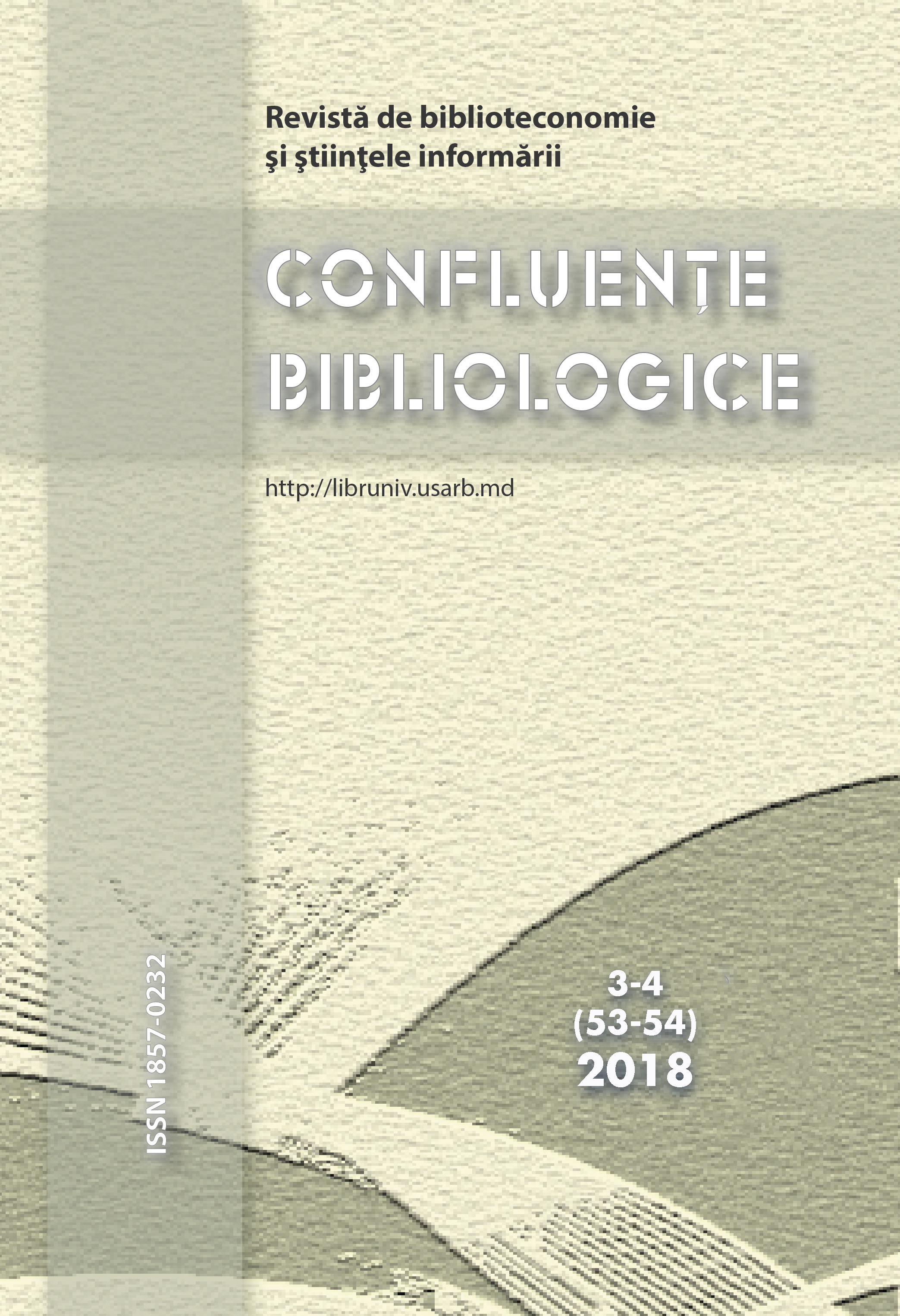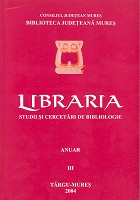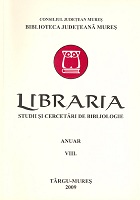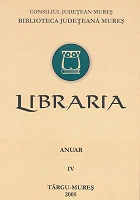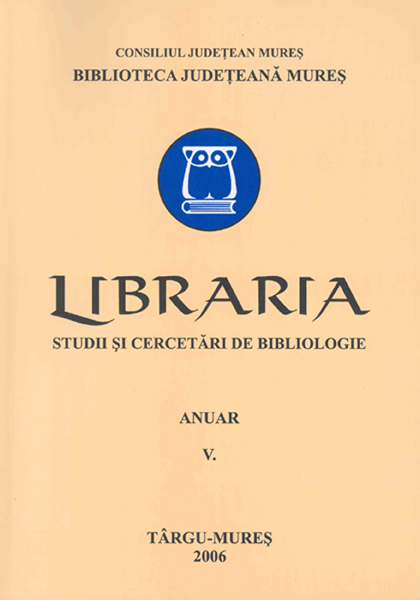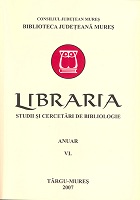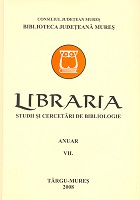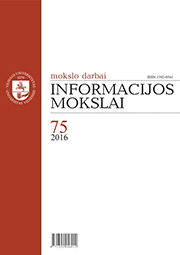
Šiuolaikiniai bibliotekos konceptai tinklaveikos visuomenėje: kontekstas ir požiūriai
In this article, the author aims to analyze the context (i.e., the influencing factors and tendencies) of library activities in a network society and to present contemporary concepts of what a library is as well as to identify the main elements and determine interplay points among them. The main influencing factors of the network society that have the greatest impact on libraries are identified and theoretically substantiated: a) the growing need for identity of communities and individuals and decentralization of power; b) social structural changes; c) digital technology development and changes in information behavior. The development and changes of libraries in contemporary library concepts are described through internal structural changes of libraries and changes in their relationship with the environment. The factors of the network society determine greater interactivity, participation of libraries, development of services, and use of technology in their activities. The contemporary concepts of library are composed of few elements: infrastructure, human and information resources, technologies, information and library services. The latter mentioned elements are creating and enriching a new connection between library and society with a participatory opportunity. Participation in libraries is defined as an active involvement of society in fashioning library services and contributing to a crowdsourcing process of informational resources. The literature analysis, which is provided in the article, serves of use for researchers interested in the changes of libraries, library field politicians and strategic managers of library activities.
More...
